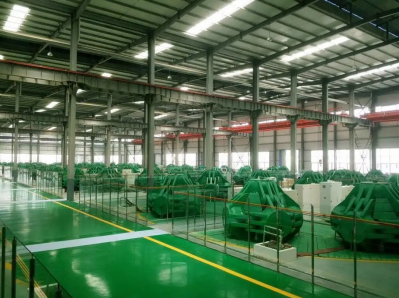Although battery fires in electric cars and two-wheeled vehicles are not a common phenomenon, they are notoriously hard to put out, requiring special training and equipment by firefighters. Although the full scope of the issue is part of a contentious debate, [Aarian Marshall] over at Wired recently wrote an article about how the electric car industry has a plan to make a purportedly minor issue even less of an issue. Here the questions seem to be mostly about what the true statistics are for battery fires and what can be done about the primary issue with batteries: thermal runaway.
While the Wired article references a study by a car insurance company about the incidence of car fires by fuel type (gas, hybrid, electric), its cited sources are dubious as the NTSB nor NHTSA collect statistics on these fires. The NFPA does, but this only gets you up to 2018, and they note that the data gathering here is spotty. Better data is found from European sources, which makes clear that battery electric vehicles (BEVs) catch fire less often than gasoline cars at 25 per 100,000 cars sold vs 1529/100k for ICE cars, but when BEVs do burn it’s most often (60%) from thermal runaway, which can be due to factors like a short circuit in a cell, overcharging and high ambient temperatures (including from arson or after-effects of a car crash). Continue reading “Thermal Runaway: Solving The Bane Of Electric Vehicles”




















